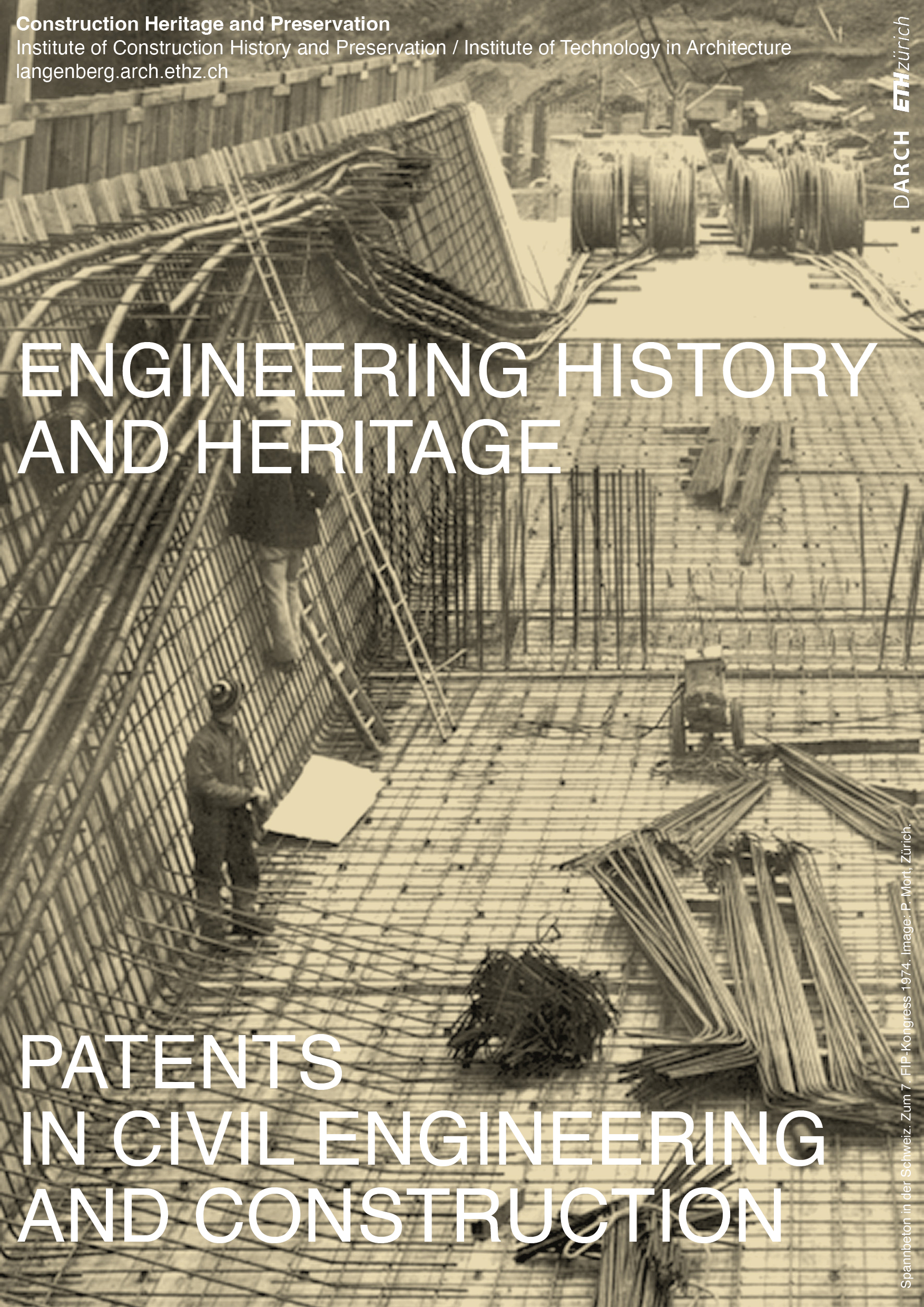
Innovations are key factors in civil engineering and engineering science. They can be found in all areas related to both disciplines: from technical materials and transportation and hydraulic structures to construction informatics and its associated information technologies. Within these developments in civil engineering, patents play a crucial role: on the one hand, they protect innovations, and on the other, they drive the development of further technical innovations.
To protect the market products emerging with the onset of industrialization in the 18th century from competition and to stimulate economic competition, internationally coordinated patent laws were enacted, initially in 1734 in England, in 1790 in the United States of America, and in 1877 in Germany. Pottage and Sherman describe the resulting change in Figures of Invention: A History of Modern Patent Law as a “disembodying of knowledge”: the original knowledge about the manufacture of an object shifts from the craftsman to the economically and legally regulated production of the invented object. The applicant obtains the exclusive right of use through a patent. This not only avoids copyright issues but also counteracts the failure to register innovations. The resulting monopoly position is not without consequences for a successful product. Licenses for the exploitation of a promising invention can be acquired for compensation. Furthermore, competitors are often encouraged to improve or reinvent it. Financial gains act as an incentive for almost relentless activity in the field of invention. The economic development of the last two centuries can therefore be partially attributed to the patent system. Due to its importance for the commercial exploitation of inventions, there is hardly an area in construction technology in which patents are not directly or indirectly effective. In other words: construction technology development is almost unthinkable without patents. This situation prompts us to turn to the topic of patents in this ENHH-issue.
Langenberg, Silke and Robin Rehm. 2025. «Editorial: Patents in Civil Engineering and Construction Systems». Proceedings of the Institution of Civil Engineers – Engineering History and Heritage 178 (2): 62–63. https://doi.org/10.1680/jenhh.2025.178.2.62
Matthes, Tiago and Silke Langenberg. 2025. «What We Learned from the Mushroom. A Patent Between Technological Invention and Standards». Proceedings of the Institution of Civil Engineers – Engineering History and Heritage 178 (2): 82–93. https://doi.org/10.1680/jenhh.24.00024
Irmert, Nina and Silke Langenberg. 2025. «Swiss Made and Patented: Aluminium Sheet Metal Elements 1940–1960». Proceedings of the Institution of Civil Engineers – Engineering History and Heritage 178 (2): 94–101. https://doi.org/10.1680/jenhh.24.00023